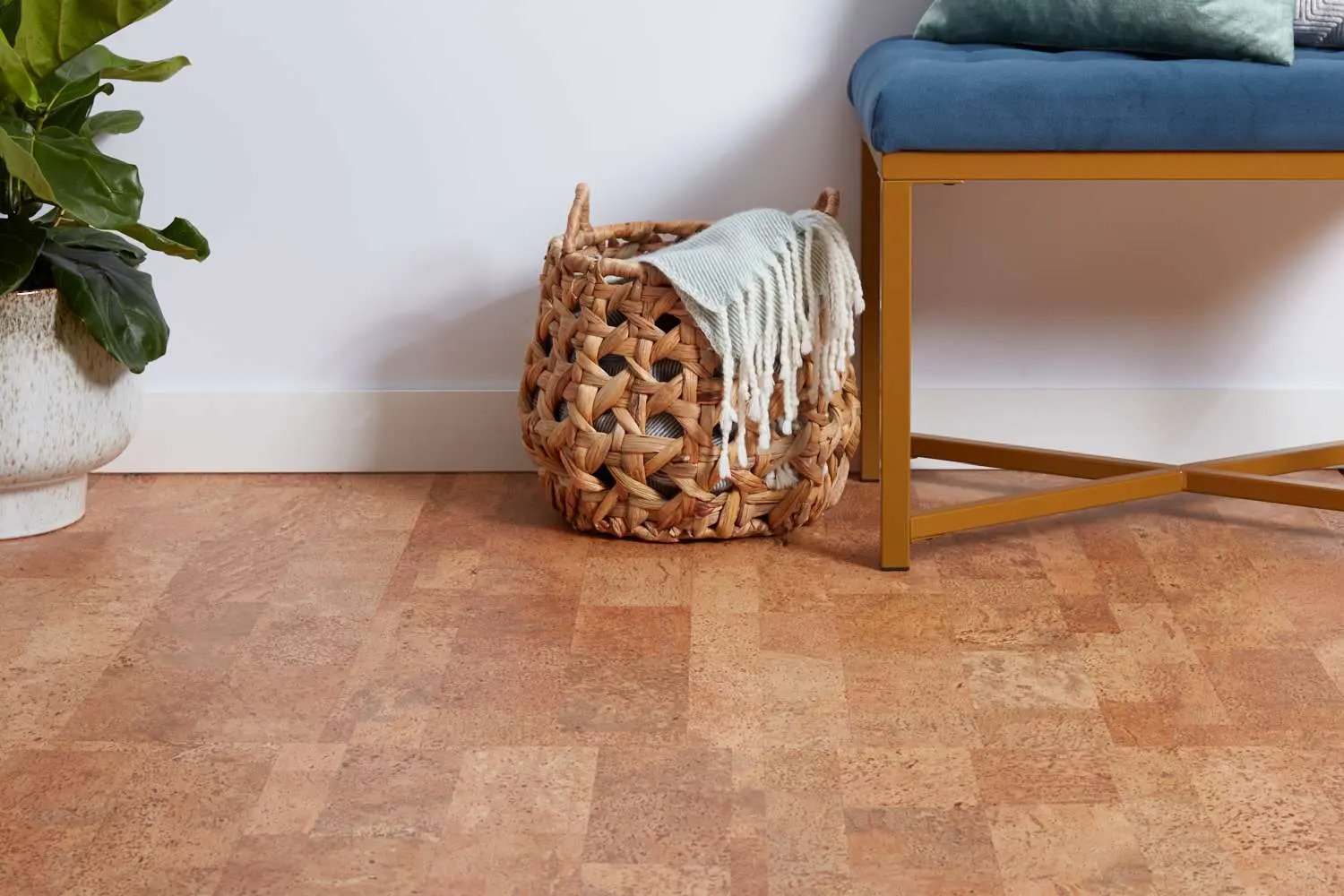
When it comes to renovating or building a home, one of the most impactful decisions you can make is selecting the right flooring. With the increasing emphasis on sustainability and eco-friendliness, many homeowners are turning towards green flooring options. In this guide, we will explore various eco-friendly flooring materials, their benefits, and how to make the best choice for your home.
What are Green Floors?
Green floors refer to flooring materials that are sustainable, made from renewable resources, or have a lower environmental impact compared to traditional flooring options. These materials are not only better for the planet but often enhance indoor air quality and provide a healthier living environment. Selecting eco-friendly flooring can contribute to a more sustainable lifestyle while still providing aesthetic value and durability.
Popular Eco-Friendly Flooring Options
There are several types of green flooring available on the market today. Here’s a breakdown of some popular materials:
| Material | Benefits | Considerations |
|---|---|---|
| Bamboo | Rapidly renewable; durable; stylish | Quality can vary; may be susceptible to moisture |
| Cork | Soft underfoot; great insulation; renewable | Can be damaged by water; requires maintenance |
| Reclaimed Wood | Reduces waste; unique character | Can be costly; may require refinishing |
| Linoleum | Biodegradable; antibacterial properties | Limited color options; can fade in sunlight |
| Carpet Tiles | Modular; easy to replace; often made from recycled materials | Can be less durable than traditional carpets |
Benefits of Choosing Green Floors
Choosing eco-friendly flooring comes with numerous benefits, including:
- Healthier Indoor Environment: Many green flooring options, like bamboo and cork, are made with fewer harmful chemicals, improving indoor air quality.
- Energy Efficiency: Some materials offer better insulation, helping to reduce heating and cooling costs.
- Sustainability: Eco-friendly materials often come from renewable resources or recycled products, reducing your carbon footprint.
- Aesthetic Appeal: Green floors can provide a unique, stylish look that enhances the overall design of your home.
- Increased Home Value: Homes with sustainable features are increasingly attractive to buyers, potentially boosting resale value.
How to Choose the Right Green Flooring
When selecting the best eco-friendly flooring for your home, consider the following factors:
- Durability: Assess how much foot traffic the area will receive and choose a material that can withstand wear and tear.
- Maintenance: Different materials have varying levels of upkeep. Consider how much time and effort you are willing to dedicate to maintenance.
- Moisture Resistance: In areas prone to moisture, like bathrooms or kitchens, select materials that can tolerate humidity.
- Style: Choose a flooring material that complements your home’s aesthetic. Many green options come in various colors and textures.
- Budget: Eco-friendly options can vary in price. Determine your budget and find materials that fit within it.
Installation Considerations
Once you have selected your green flooring, it's essential to consider the installation process. Many eco-friendly materials can be installed as DIY projects, while others may require professional installation. Ensure that the installation method aligns with the manufacturer's recommendations to maintain the flooring’s integrity and warranty.
Conclusion
Choosing green floors is a significant step towards creating a more sustainable and eco-friendly home. With a wide variety of materials available, there’s something to suit every style and budget. By making informed choices about your flooring, you can enhance your home’s beauty while also contributing to a healthier planet. Remember to consider the durability, maintenance needs, and aesthetic appeal of each option to find the perfect fit for your living space.









